Dealing with tough clay soil can be a big challenge in your garden. It’s hard for water to drain and for plants to grow. You need to think about using raised beds and mulch to make it better.
Using raised beds and mulch is a good start, but there’s more to learn to make your garden amazing. You can also add special soil helpers like compost to make the soil healthy and strong. This will help your plants grow big and happy.
Raised Beds for Better Drainage
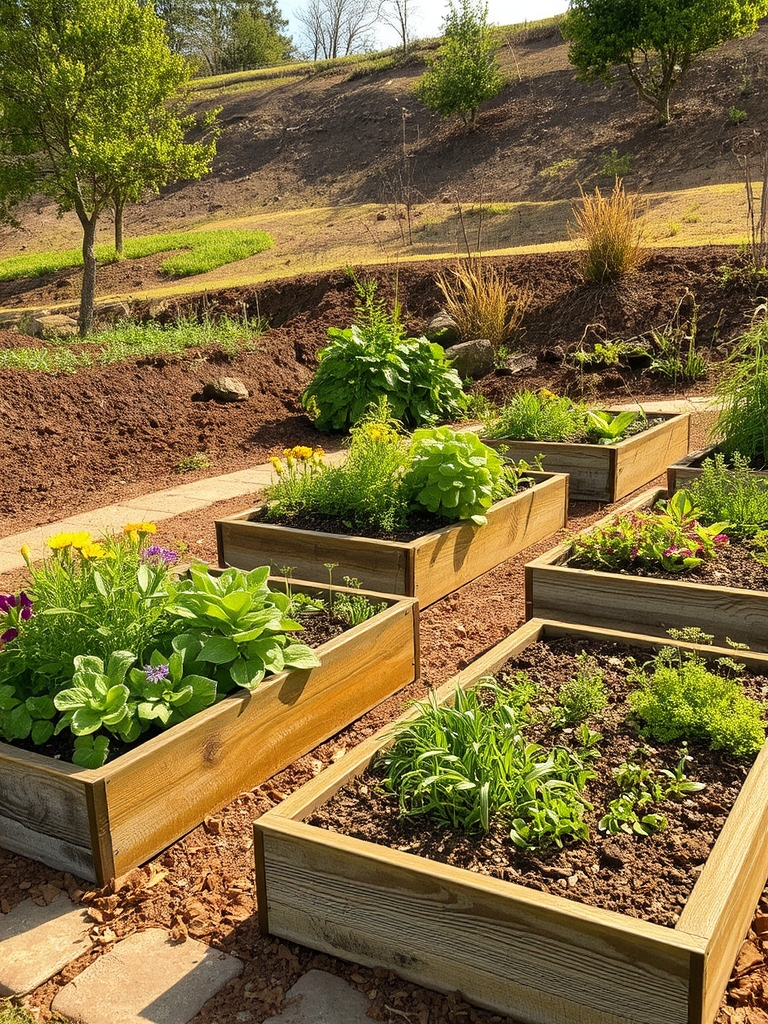
Raised beds can be an effective solution for clay soil, improving drainage and aeration. By elevating the soil, water can drain more easily, reducing waterlogging and root rot. This approach also allows for better soil structure and nutrient distribution, creating a more favorable environment for plants to thrive in challenging clay soil conditions.
Choosing the Right Plants for Clay Soil
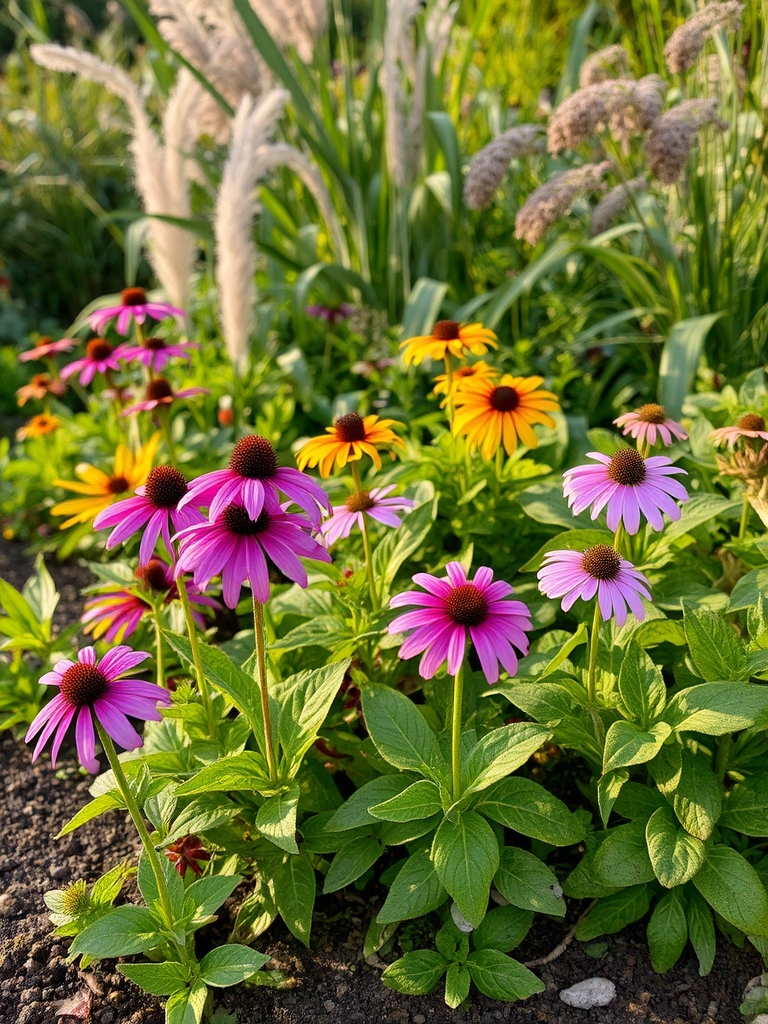
For clay soil, select plants that thrive in moist conditions and can tolerate poor drainage. Native plants, ornamental grasses, and flowering perennials like coneflowers and black-eyed Susans are good options. These plants have adapted to survive in clay soil and can add beauty and texture to your garden. They require minimal maintenance.
Adding Organic Matter to Improve Soil Structure
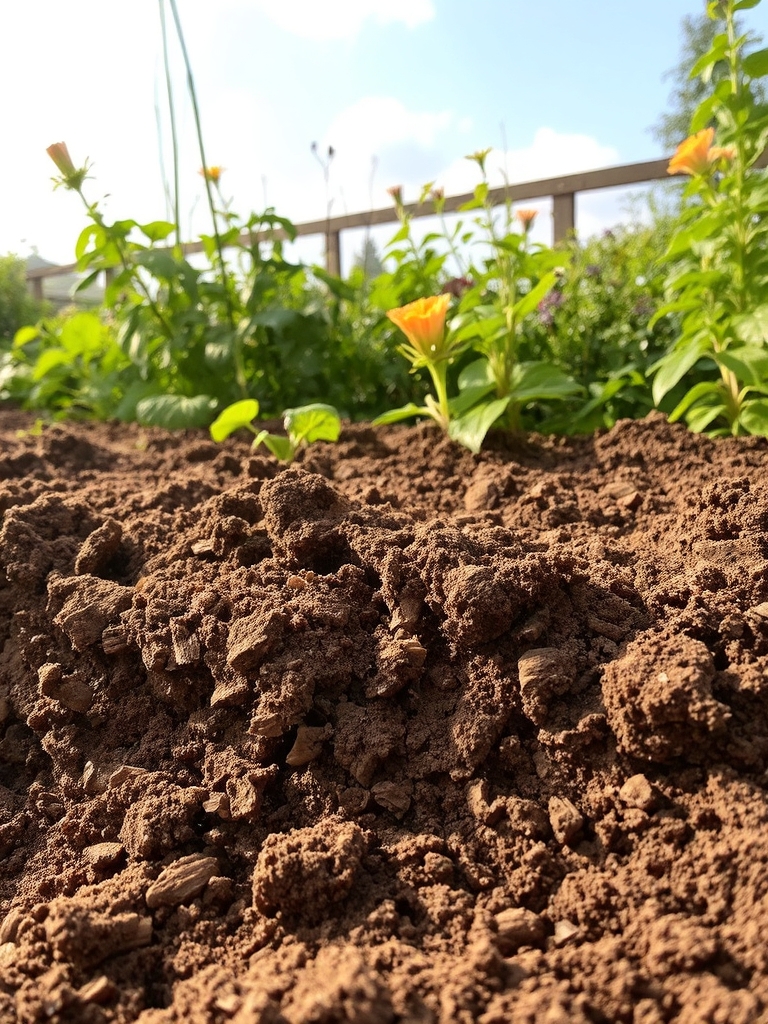
Adding organic matter like compost, manure, or peat moss improves clay soil’s structure by increasing its porosity and drainage. This allows roots to grow deeper and water to penetrate more easily, reducing waterlogging and soil compaction. As organic matter breaks down, it also adds nutrients, supporting healthy plant growth and beneficial microorganisms.
Creating a Layered Garden for Optimal Growth
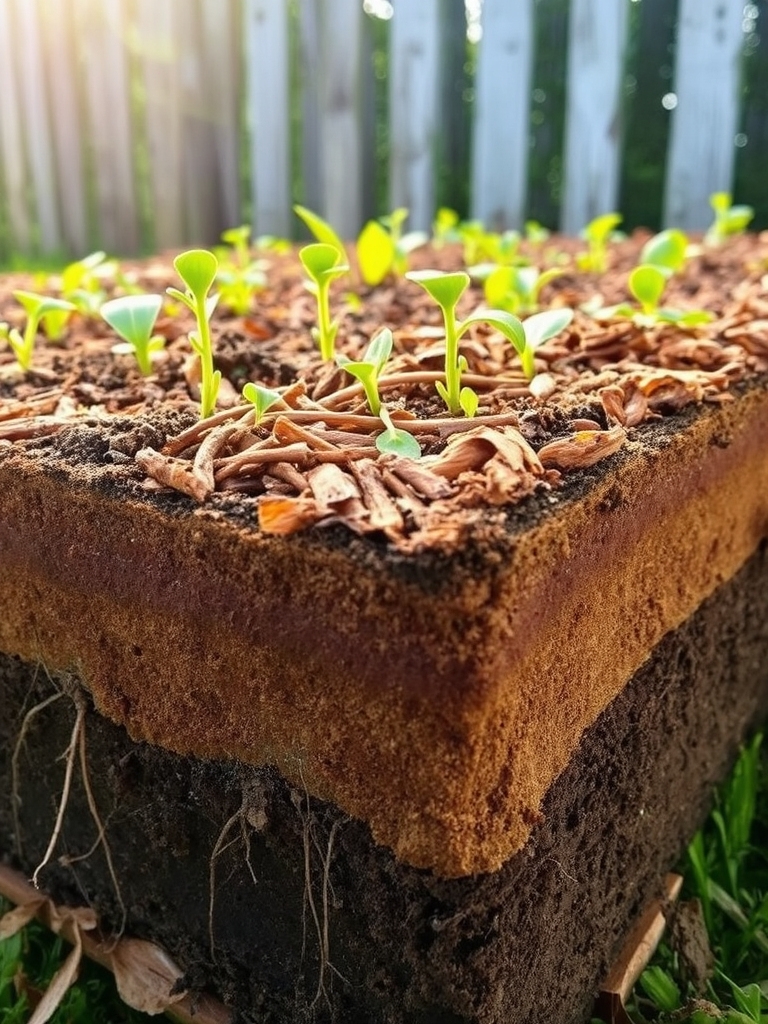
Creating a layered garden is ideal for clay soil, as it allows for better drainage and aeration. Start with a base layer of organic matter, followed by a mix of compost and topsoil, and finish with a layer of mulch to retain moisture and suppress weeds, promoting healthy root growth and perfect plant development.
Using Mulch to Retain Moisture and Suppress Weeds
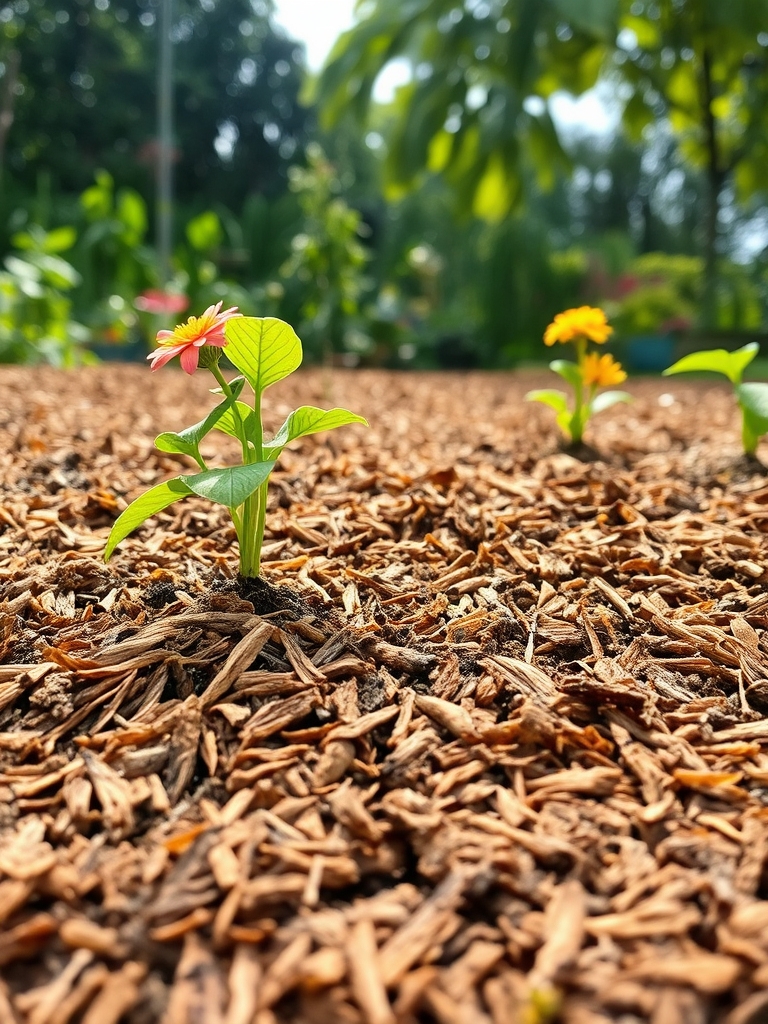
Using mulch in clay soil helps retain moisture, suppress weeds, and regulate soil temperature. Organic mulch like wood chips or straw breaks down over time, improving soil structure and fertility. Apply a thick layer of mulch to the soil surface, replenishing as needed to maintain its beneficial effects and promote healthy plant growth.
Building a Pond or Water Feature to Utilize Excess Water
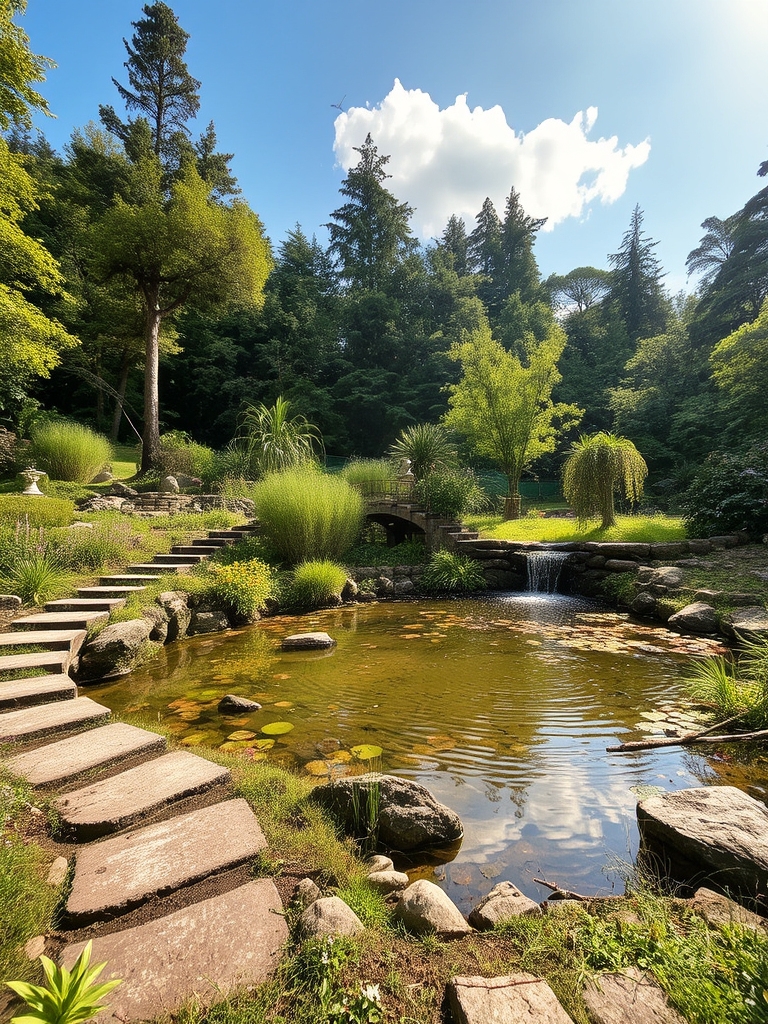
Building a pond or water feature can be a great way to utilize excess water in clay soil. The pond can collect and store rainwater, reducing runoff and preventing waterlogged soil. This feature can also add aesthetic value and attract wildlife to the garden, creating a unique and peaceful ambiance amidst the clay soil landscape.
Implementing a No-Dig Gardening Approach

Implementing a no-dig gardening approach on clay soil involves layering organic materials like compost and mulch to improve soil structure without disturbing it. This method allows microorganisms to break down the soil, increasing its fertility and drainage over time, creating a more hospitable environment for plant growth.
Designing a Sloping Garden to Prevent Waterlogging
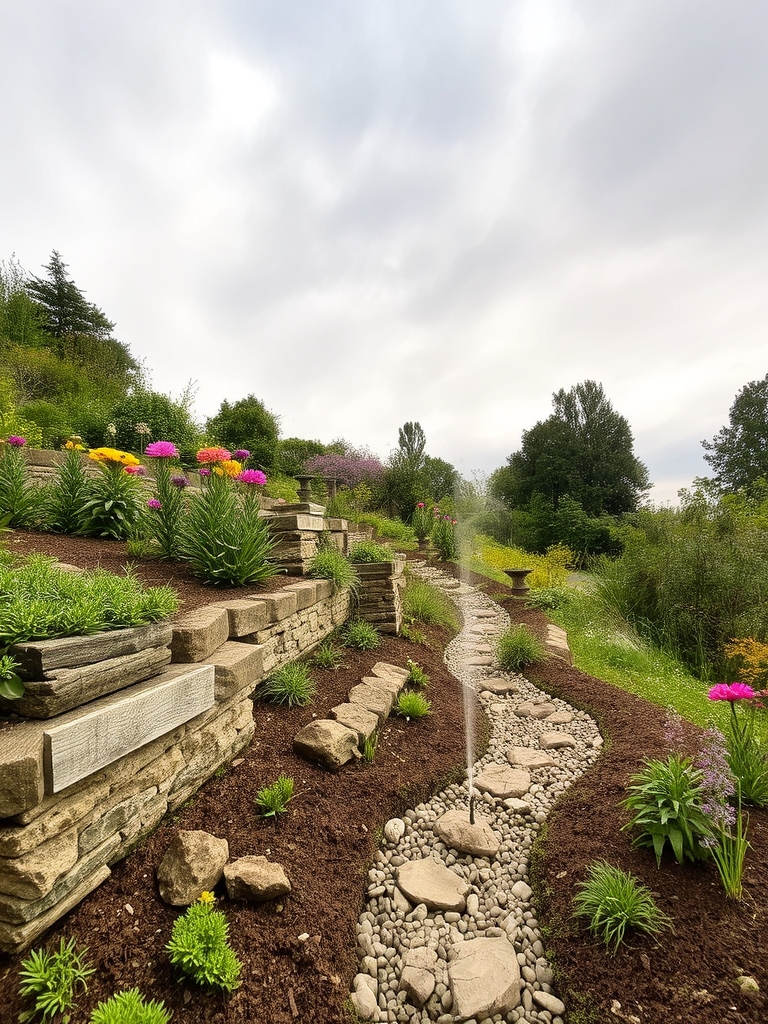
Designing a sloping garden helps prevent waterlogging in clay soil by allowing excess water to run off. A gentle slope can be created using terracing or raised beds, which improves drainage and reduces the risk of water accumulation. This design also enables better root growth and aeration, promoting healthier plant development.
Incorporating Compost to Enhance Soil Fertility
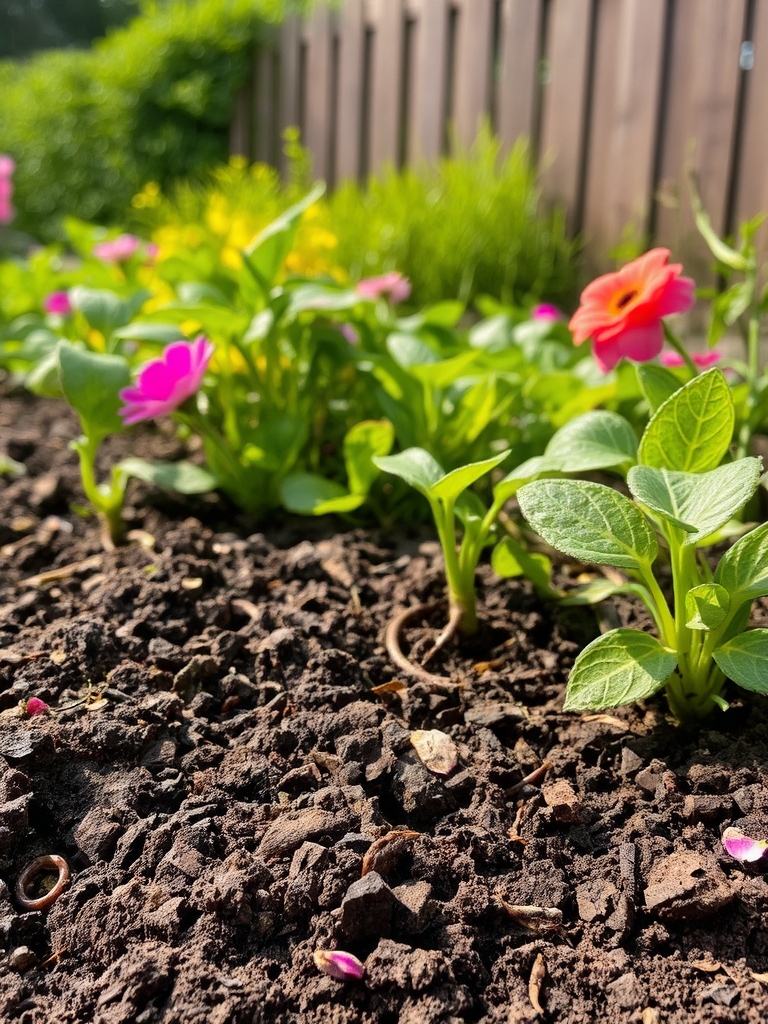
Incorporating compost into clay soil enhances its fertility and structure. Compost adds organic matter, improving drainage and aeration, while introducing beneficial microbes that break down nutrients for plant uptake. Regular compost additions can transform dense clay into a fertile, well-draining growing medium, supporting healthy plant growth and vibrant gardens.
Constructing a Pathway to Withstand Clay Soil Conditions
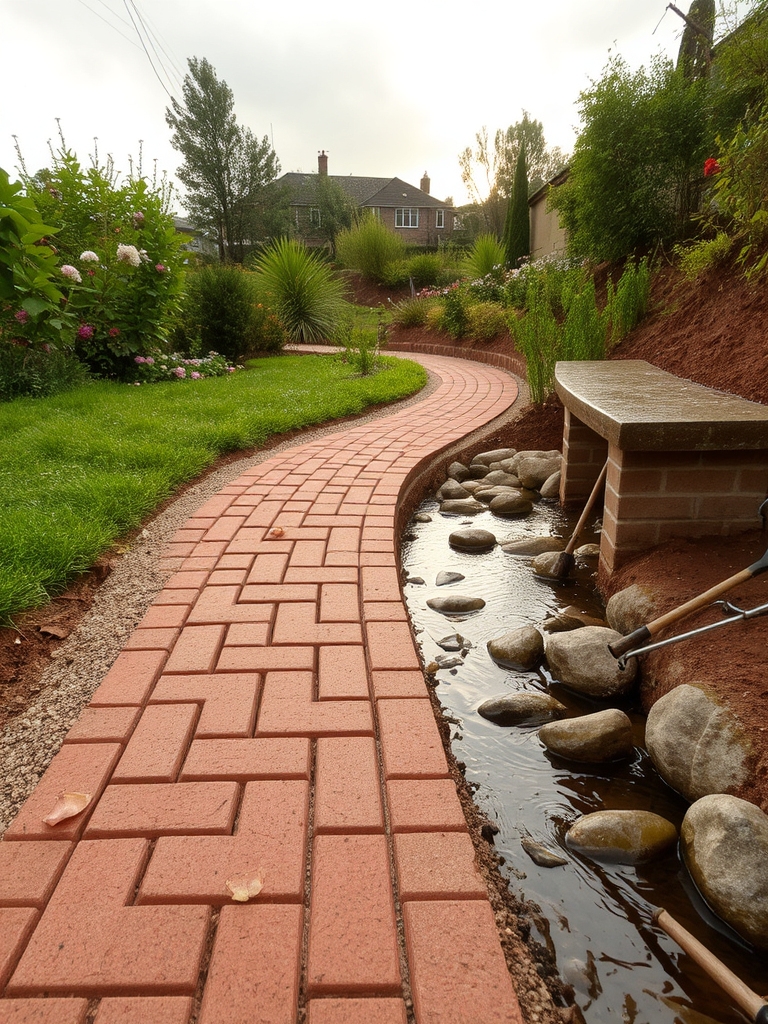
To construct a pathway that withstands clay soil conditions, use sturdy materials like brick, stone, or concrete pavers. These can help distribute weight evenly and prevent sinking into the clay. Additionally, guarantee proper drainage and consider a gravel or sand base for extra stability, allowing water to pass through and reducing mud formation.
Conclusion
You’ll carefully craft a clay-conquering garden, combining clever Mulch Management and meticulous Moisture Maintenance, minimizing messy mud patches, making way for lush, lively landscapes that miraculously mitigate moisture mayhem.

